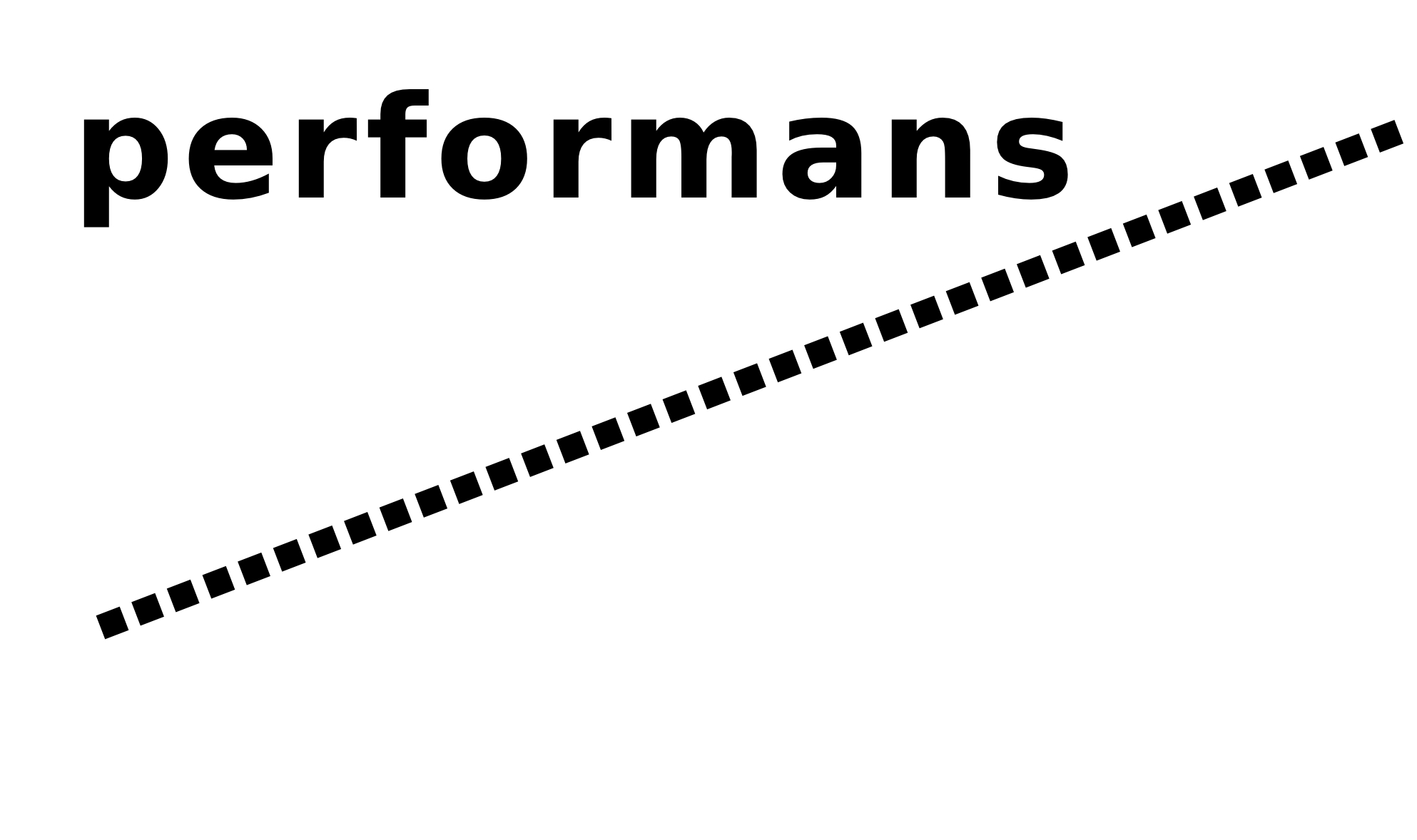Symbolic power, alike any form of the performative speech, is based on symbolic capital. A power to use words (and sounds, images, body movements, gestures, texts, interventions…) to do things1 that evade the law of exchange.
Whoever offers for sale something unique, which no one wants to buy, shows—even against his will—that he is free from exchange.2 This paradox—being free from exchange in a world based on the law of exchange—is redeeming.
The symbolic capital from which the symbolic power of the performance-critique derives is precisely its liberating potential, which manifests itself in the persistent effort to release from classifications or hierarchies (to reach the equality of anyone with whoever)—in insisting on the scandal of democracy (having in mind Jacques Rancière’s proposal: the scandal is an announcement that it cannot be anything but the absence of all rule). The power of a performative speech to make implicit social divisions visible (explicit) is political power par excellence.
The performance-critique is necessarily a departure from art-as-we-know-it, as it radically breaks the fetishized aesthetic, when it consciously situates itself in a space and politicizes it (that is, contributes to the common), irrevocably linking to the paradigm of “part of those who have no part”.3
Opening up to those who have no part implies whether self-abolishment or radical rebellion. Both options mean the art abolishment. When we think of “critical” art, we have to do with the paradox of creativity that abolishes artwork for the sake of liberation, of conquering the impossible (opening up the space of equality, when through performative means and interventions it enables whoever to enter, or points to this ultimate liberating demand). The essence of creativity lies in this paradox.
The protagonists of the performance-critique do not convey or explain their beliefs to the audience, but rather co-facilitate and co-create the situation of confrontation of all the intelligentsia present in it. Disidentification is immanent in this situation. A key quality of this interaction is uncertainty. A pure relationship of will to will is established between those present, a free attitude that allows for an honest4 action that encourages and at the same time contributes to efforts to conquer impossibility in the absence of (aestheticized) hierarchies.
“People need to think of an artwork as an artwork; having seen it as a work of art, they must have the perceptual categories to construct it, structure it.”5 This constellation of thought (to think of it as…) frees the work of art from any aesthetic dictate from “above”: we construct the work of art ourselves, we also eliminate art ourselves. The very performative act cancels itself as a work of art.
The situation of the performance-critique is liberating to the same extent as its simultaneous abolition. Art is critical when it is not art. Its aesthetic is transformed into a militant embodied quality, so that it can produce a collision, a rupture. The militant is her (new) aesthetic. Only for this reason (being aesthetic that way), although not necessary, it is still called a work of art (a discontinued one).
The “aesthetic” here has a very unique Rancierian meaning: it marks a specific way of being of everything that does not belong to anyhow bounded field of art—any articulated form of being of militant-creative objects, gestures and signs aimed at conquering the impossible.
Causing (dis)pleasure alone is not sufficient. The quality of aesthetic pleasure, be it “positive” or “negative”, emanates from the performance-critique as a specific situation, a trans-situation; those involved in it define themselves in terms of sensory (dis)pleasure, which evolves from the performative strategy all for everybody.
Relativization, othering, modifying and dis-identifying of understanding of an artwork (work of art) are necessary to get out of the apparition of time (temporality), which is history (that is, the existing which goes to history “in real time” or is instantly written into the past), and to enter the situation (the here-now).
The performance-critique as a situation in paradox (an art, which it is not) provides tools for resistance as a constant process of letting go, but also for a utopia of joy, even if in a certain discomfort. With its militant embodiment, it promotes (dis)pleasure, which affects subjectivations in the common; during their co-formation and networking, a political scope is being invented, created, opened and expanded as a space of solidarity, protagonism beyond authoritarianism, action beyond program, performing the joy beyond the existing, outwith the reproduction of hierarchies.
…………………
Your support is precious <3
Donate monthly 2€ or more
Donate a lump amount
PayPal
1 Pierre Bourdieu in Sociologija kot politika, pp. 94–95.
2 Theodor Adorno in Minima Moralia, part 1, aphorism 41.
3 The paradigm developed by Jacques Rancière in La mésentente.
4 Honesty in terms of loosening the need for self-censorship.
5 Bourdieu in Sociologija kot politika, p. 112.
This text is a translation and an update of the final chapter of the book Performans-kritika (The Performance-Critique: a Turn into Abolishment of Art) by Nenad Jelesijević.
